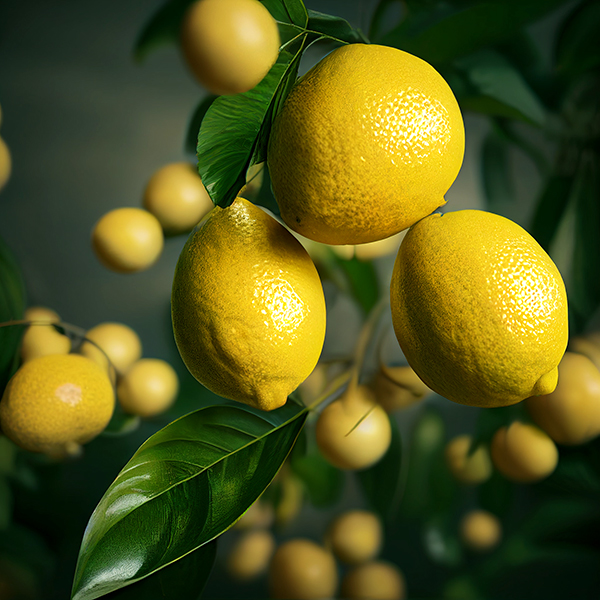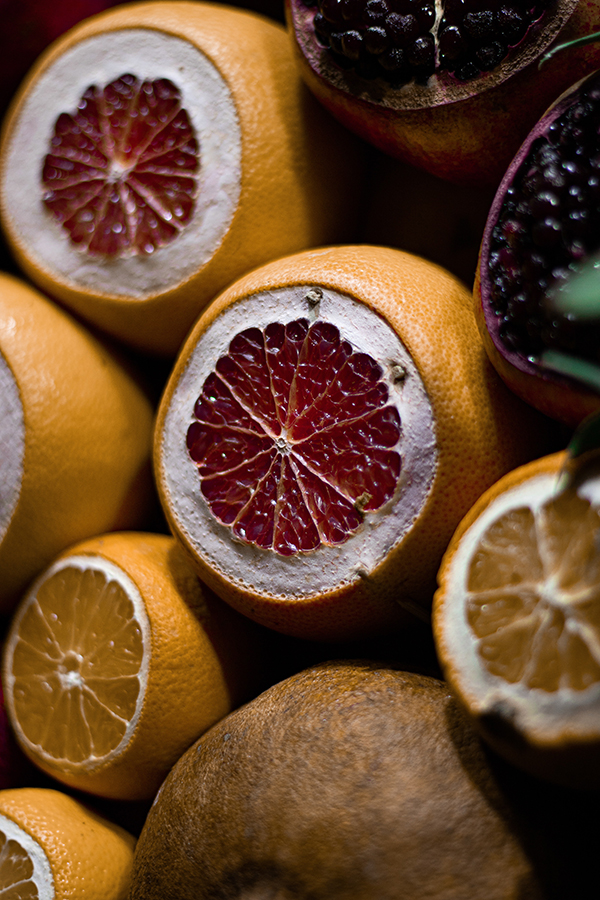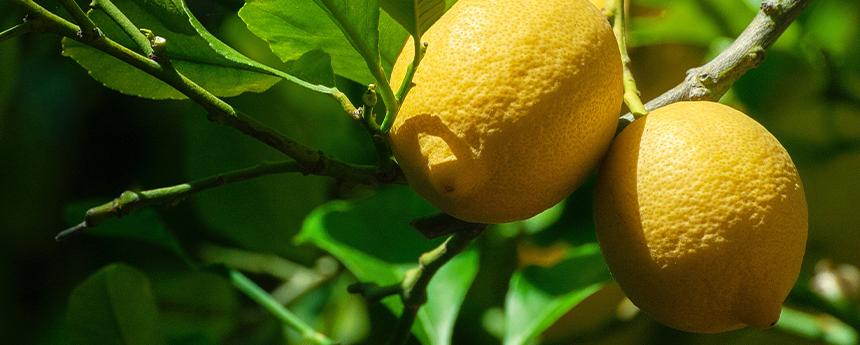- 2023-01-11
lemon cultivation
Cultivation technique
Garden planting:
Flat dam construction park
Water paddy field to build lemon garden, should be along the slope from the high ditch to dry the field. The next year after the soil sun white, that is, according to the planting row spacing fixed point, steamed bun shaped pier, pier height of 40-50 cm, the bottom diameter of the pier about 1 meter.
Build a garden on sloping land:
The soil and water conservation can be solved by building equal-height terraced fields, equal-height trench or fish-scale pit. Contour terrace is suitable for slope of 100-25 degrees, contour trench is suitable for slope of 6-100 degrees and deep soil layer, Yurian pit is suitable for steep slope and complex terrain where it is difficult to build horizontal terrace or contour trench.
Lemon colonization:
Planting density - generally to 3 meters ×4 meters, mu planting 55 plants is appropriate. The planting period is generally in spring and autumn, and the autumn transplanting should be carried out in September and October. Planting before digging planting hole (ditch), specifications 60 cm ×60 cm ×60 cm, each hole with organic fertilizer 30-50 kg, superphosphate 0.5-1 kg, or mature human and animal manure water more than 20 kg, the fertilizer and soil mix, and soil made of high soil plane 20 cm planting pier. When transplanting, remove grafted film of seedlings, trim damaged roots, cut long taproots and tender late autumn, etc. Make a good nest in the planting pier, put in the nursery stock, cover the soil side root, light lift the nursery stock roots, and light pressure the soil, so that the roots and soil closely engaged. The planting depth should be consistent with the mud marks in the nursery period. The root neck should be exposed to the ground, and the root water should be filled thoroughly. The straw, straw, green manure or plastic film should be covered to keep warm and moisturize.

Post-implantation management:
After seedling planting about half a month to survive, this half a month should be frequent watering, not topdressing. After survival, check frequently to ensure that the soil is moist and not stained, and promote the growth of roots and shoots. After a small number of shoots grow out, can apply the water.
Sapling management
Soil management:
Each year in the idle winter season, combined with shallow cultivation of soil, in the crown drip line to dig 1-2 long 40-60 cm, 60-80 cm deep fertilization hole, apply 100 kg/square meters of compost (or manure), and the soil mixed evenly, conducive to the cultivation of young trees developed absorptive roots, enhance the tree body of nutrient absorption function.
Fertilizer and water management:
Young trees - like annual fertilizer 5-10 times, to achieve frequent application of thin. The type of fertilizer is mainly rapid nitrogen fertilizer, with the application of phosphate fertilizer, potash fertilizer and human and animal manure. From spring shoot germination in March to autumn shoot extraction in September, the fixed seedlings were applied once a month with a concentration of 30% decomposed human and animal dung water. For annual lemon saplings, usually 80 grams of nitrogen, 40 grams of phosphorus, 30 grams of potassium, after the annual increase of about 10 grams. 2-4 years of young trees, fertilization period concentrated in each shoots before pumping. The annual times of fertilization is 5-6 times, and 3-4 times of foliar spraying fertilizer in the tender shoot stage.
sapling
Lemon dry height about 40-50 cm. When the grafted shoots are pumped into spring shoots, or when the summer shoots are old and ripe, they are cored at the full shoots 40 cm from the ground, and 4-6 new shoots are pumped at 25-40 cm to form branches. If the shoot is not ideal, the formation of less branching, can wipe the bud 1-2 times, to promote the main branch shoot. When the shoots are old and ripe, select from the upper part of the strong branch for the first main branch, leaving 20-25 cm long, short cut the apex part, the rest for auxiliary maintenance.

Fruit bagging:
Paper bag choose to use black inside and yellow outside double lemon special paper bag, length and width of 20cm x15.5cm is appropriate. Select orchards or plants with good tree strength and high management level, and select lemon fruits with good appearance, no disease and insect spots and 30-40 cm in diameter for bagging. Lemon spring fruit bagging is best in early July. Before bagging, the crown of the tree must be thoroughly sprayed with fungicides (opol, viracin, Daesang or Shigao) and insecticides (quazulin or fenacol). Special attention should be paid to the control of primary rust ticks, scale insects and mites. Serious diseases and pests can be used in combination, and need to spray 1 times every 3 days, and then wait for the potion to dry after bagging.
harvest:
The fruit should reach the required ripeness before being harvested. General requirements lemon fruit transverse diameter is not less than 50 mm, fruit color from dark green to light green, or even slightly light green to harvest. Spring fruits and flowers are harvested from late October to mid-November, summer fruits and flowers from late December to early January, and autumn fruits and flowers from June to July. The first cut is to cut off the fruit and the branches that need to be cut off at the same time. The second cut is to cut off the stem of the fruit and the pedicle of the fruit. The fruit should be picked from top to bottom, from outside to inside. In the height or distance of the fruit, do not climb branches pull fruit, can be used to assist fruit ladder, so as not to strain the fruit. The fruit gently into the fruit basket, filled 90 percent full, that is, for empty baskets. From the fruit basket into the fruit box (basket), also must be handled lightly. In transit, be light. Before storage, it is necessary to conduct a primary election, and the injured fruit, the fallen fruit and the diseased fruit must be placed separately. Do not pile the fruit after harvest, and do not sleep in the open.




















